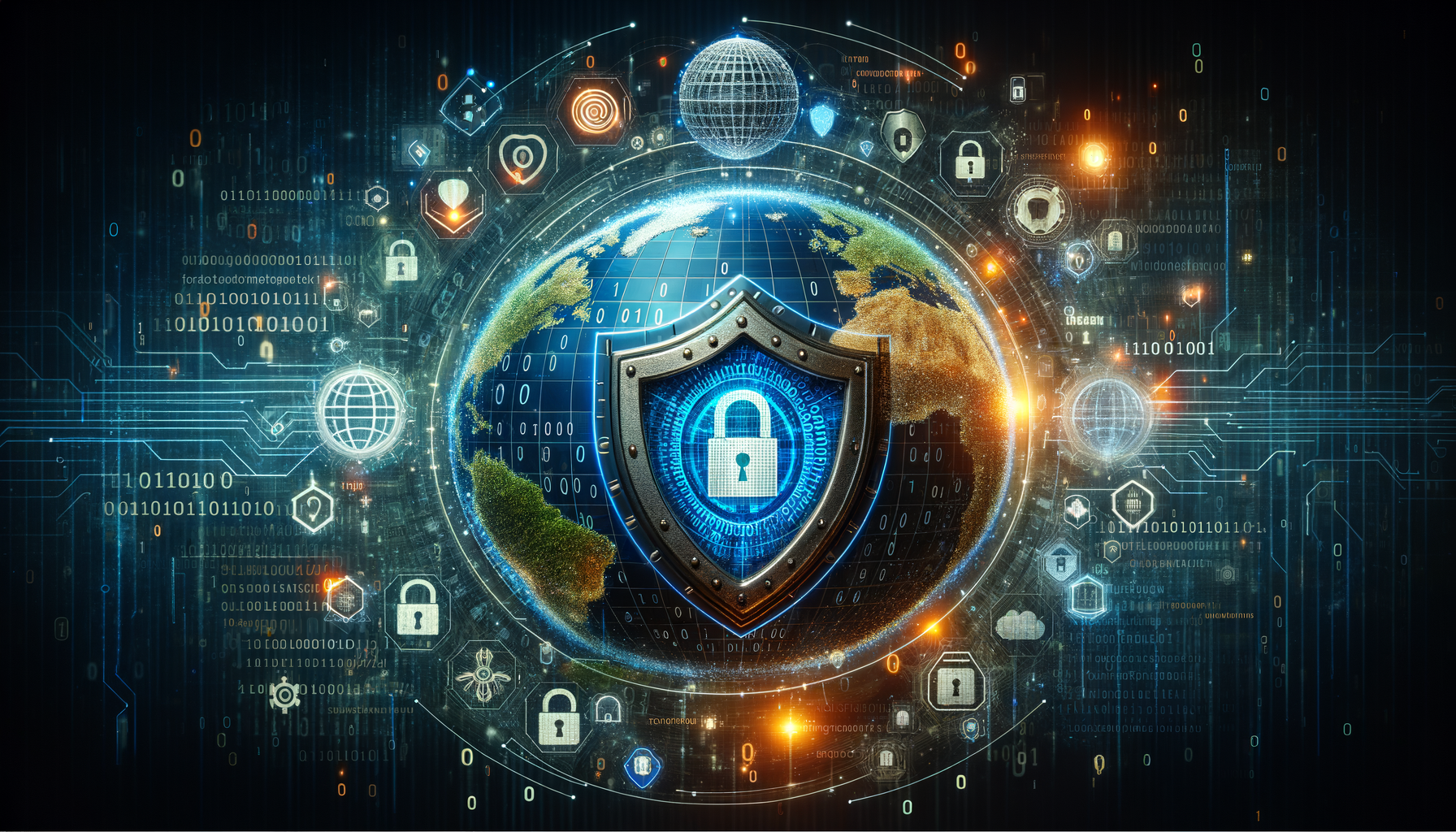Introduction to Cybersecurity
In an era where digital transformation is at the forefront of both personal and business operations, cybersecurity emerges as a pivotal concern. The continuous evolution of technology has brought about remarkable conveniences, yet it also opens doors to cyber threats that can compromise sensitive information. Understanding cybersecurity is essential for anyone looking to protect their digital footprint. Cybersecurity encompasses a variety of practices, technologies, and processes designed to safeguard networks, devices, programs, and data from attack, damage, or unauthorized access.
Cyber threats are diverse and ever-evolving, ranging from malware and phishing attacks to more sophisticated threats like ransomware and advanced persistent threats. The impact of these threats can be devastating, leading to financial loss, reputational damage, and in severe cases, the collapse of entire businesses. Therefore, it’s crucial to stay informed and proactive in implementing cybersecurity measures.
Key elements of cybersecurity include:
- Network security: Protecting the integrity and usability of network and data.
- Application security: Ensuring that applications are secure against threats.
- Information security: Protecting the privacy and integrity of data.
- Operational security: Managing and protecting data assets.
By understanding these elements, individuals and businesses can better prepare to defend against potential cyber threats.
The Importance of Cybersecurity in Business
For businesses, cybersecurity is not just a technical issue but a critical component of risk management. In today’s interconnected world, businesses of all sizes are potential targets for cybercriminals. The financial implications of a data breach can be staggering, with costs associated with recovery, legal fees, and compensation to affected customers. Moreover, the reputational damage can be long-lasting, eroding customer trust and loyalty.
Businesses must prioritize cybersecurity to protect their assets and maintain operational continuity. This involves implementing robust security protocols, such as firewalls, encryption, and intrusion detection systems. Regular security audits and vulnerability assessments are also essential to identify and address potential weaknesses.
Additionally, employee training plays a significant role in cybersecurity. Human error is often a weak link in security defenses, making it vital for businesses to educate their staff on recognizing phishing attempts, using strong passwords, and understanding the importance of data protection.
By fostering a culture of security awareness, businesses can significantly reduce the risk of cyber attacks and safeguard their operations.
Personal Cybersecurity: Protecting Your Digital Life
On a personal level, cybersecurity is equally important. As individuals increasingly rely on digital devices for communication, banking, shopping, and social networking, the risk of cyber threats grows. Personal data, such as social security numbers, bank account details, and personal photos, are valuable targets for cybercriminals.
To protect oneself, individuals should adopt several key practices:
- Use strong, unique passwords for different accounts and change them regularly.
- Enable two-factor authentication for an added layer of security.
- Keep software and operating systems up to date to protect against vulnerabilities.
- Be cautious of unsolicited emails or messages, especially those requesting personal information.
Moreover, using reputable antivirus software and regularly backing up data can provide additional protection against potential threats. By taking these steps, individuals can better secure their digital lives and minimize the risk of cyber attacks.
Emerging Threats and Future Trends in Cybersecurity
The landscape of cybersecurity is constantly changing, with new threats emerging as technology evolves. One of the most significant trends is the rise of artificial intelligence (AI) in cyber attacks. Cybercriminals are leveraging AI to automate attacks, making them more efficient and harder to detect. This has led to the development of AI-driven cybersecurity solutions that can predict and respond to threats in real-time.
Another emerging threat is the Internet of Things (IoT). As more devices become connected, the potential attack surface expands, providing cybercriminals with more opportunities to exploit vulnerabilities. Ensuring the security of IoT devices is becoming a critical concern for both consumers and businesses.
Looking ahead, the focus on privacy and data protection is expected to intensify. With regulations like the General Data Protection Regulation (GDPR) setting standards for data protection, organizations must prioritize compliance to avoid penalties and protect user data.
Staying informed about these trends and adapting security strategies accordingly will be crucial for maintaining effective cybersecurity defenses in the future.
Conclusion: Empowering Yourself with Cybersecurity Knowledge
Cybersecurity is an indispensable part of modern life, affecting both personal and business realms. By understanding the various aspects of cybersecurity and staying informed about emerging threats, individuals and businesses can take proactive steps to protect their digital assets.
Empowerment through knowledge is key. By implementing strong security measures, staying vigilant, and fostering a culture of security awareness, we can mitigate the risks posed by cyber threats. As technology continues to evolve, so too must our approaches to cybersecurity, ensuring a safe and secure digital environment for all.
Remember, cybersecurity is not a one-time effort but an ongoing commitment to safeguard our digital lives.




Leave a Reply